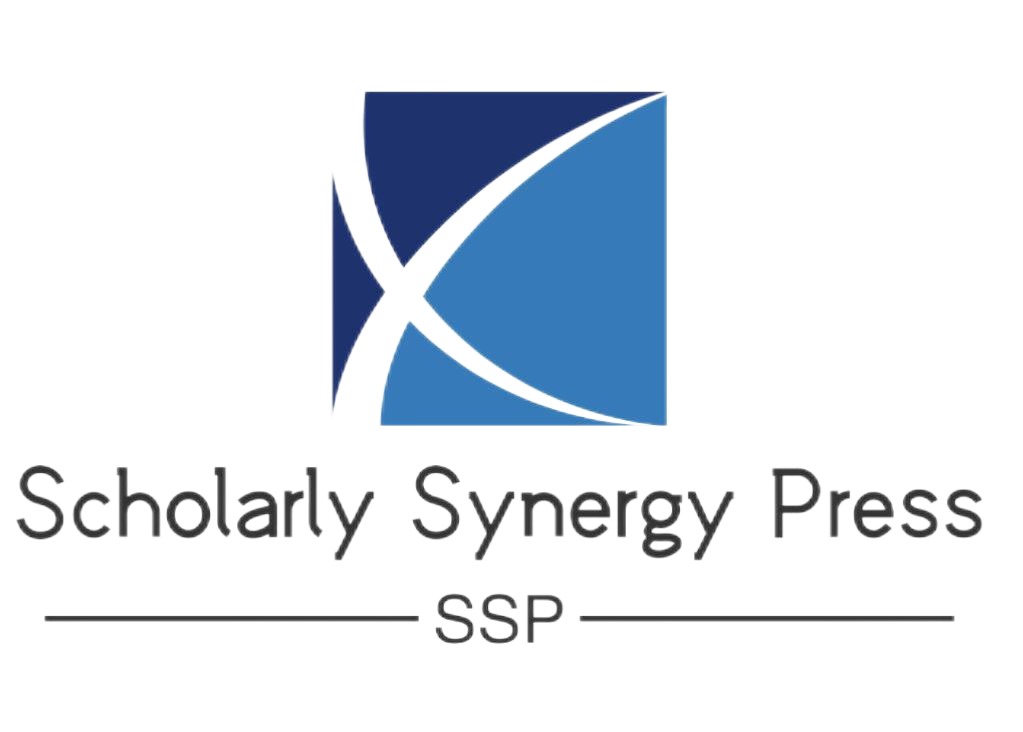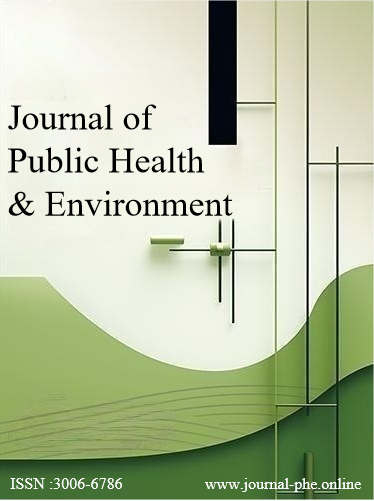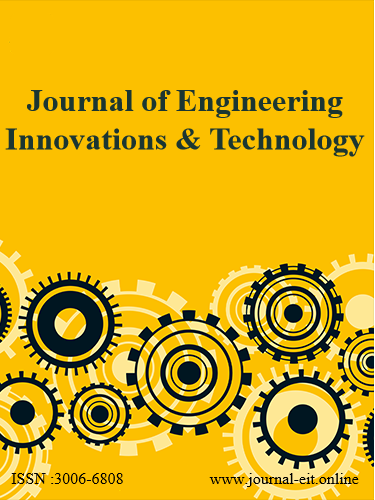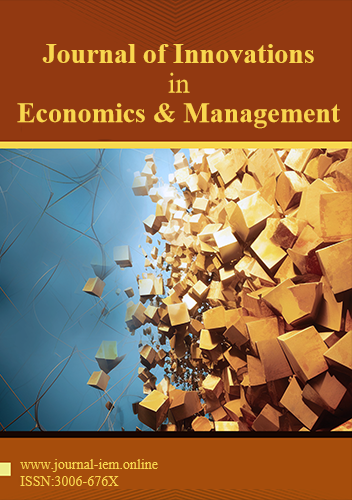Frequency: Mixed mode
Time to first decision: 10 Weeks
Submission to publication: 18 Weeks
Acceptance rate: 21%
Proposing a Special Issue for the Journal of Engineering Innovations & Technology
- update at: 1 Mar 2024Introduction
The Journal of Engineering Innovations & Technology (JEIT) welcomes the submission of proposals for special issues on cutting-edge topics within the scope of engineering and technological advancements. Special issues are an integral part of the journal, highlighting focused areas of research that have significant current interest or which are becoming increasingly relevant to the engineering community. Proposing a special issue offers a unique opportunity for researchers to showcase novel findings, share the latest innovations, and foster a dialogue within the engineering sector.
Objective
The primary objective of a special issue is to assemble high-quality, original research articles that collectively address a specific theme, problem, or a cutting-edge development in the field of engineering and technology. Special issues should aim to bring together leading scholars and practitioners to contribute their insights, thereby advancing our understanding of the topic.
Guidelines for Proposal Submission
-
Title and Rationale: Begin with a concise and descriptive title for the special issue. Provide a rationale explaining the importance of the proposed topic, its relevance to current trends in engineering and technology, and how it fits within the journal's scope.
-
Guest Editors: Identify a team of guest editors with expertise in the proposed special issue's topic. Include brief biographies highlighting their academic credentials, editorial experience, and a summary of their research interests related to the special issue theme.
-
Call for Papers (CfP): Draft a call for papers that clearly describes the objectives of the special issue, the specific topics of interest, submission guidelines, and the process for manuscript review. The CfP should also mention the expected timeline for submission, review, and publication.
-
Potential Contributions: Outline the types of contributions you anticipate for the special issue, such as original research articles, review articles, case studies, or technological reports. Highlight how these contributions will advance knowledge in the field.
-
Promotion and Dissemination Plan: Describe how you plan to promote the call for papers to reach a wide audience and attract high-quality submissions. Include strategies for leveraging social media, academic networks, and professional associations.
-
Review Process: Explain the peer-review process for the special issue. Detail the criteria for selecting reviewers, the timeline for review, and the standards for manuscript acceptance.
-
Timeline: Provide a detailed timeline for the special issue, from the initial call for papers to the final publication date. Ensure the timeline is realistic, considering the need for thorough review and revision processes.
-
Expected Impact: Discuss the expected impact of the special issue on the field of engineering and technology. Describe how it will contribute to advancing research, informing practice, or influencing policy.
Submission Process
Proposals for special issues should be submitted to the JEIT editorial board via email. The proposal will undergo an initial assessment by the journal's editors to ensure it aligns with the journal's aims and scope. If approved, the guest editors will be invited to submit a more detailed plan, including a list of potential contributors and an outline of the proposed articles.
Conclusion
Proposing a special issue to the Journal of Engineering Innovations & Technology is a significant contribution to the engineering field, offering a platform for researchers to disseminate impactful findings and foster collaborative research efforts. By following these guidelines, prospective guest editors can craft a compelling proposal that aligns with JEIT's standards and values, ensuring the special issue's success.





